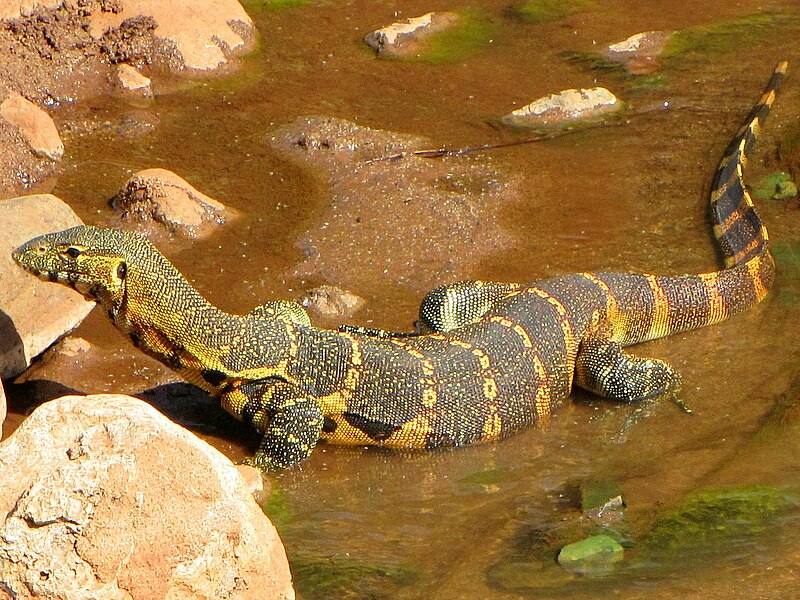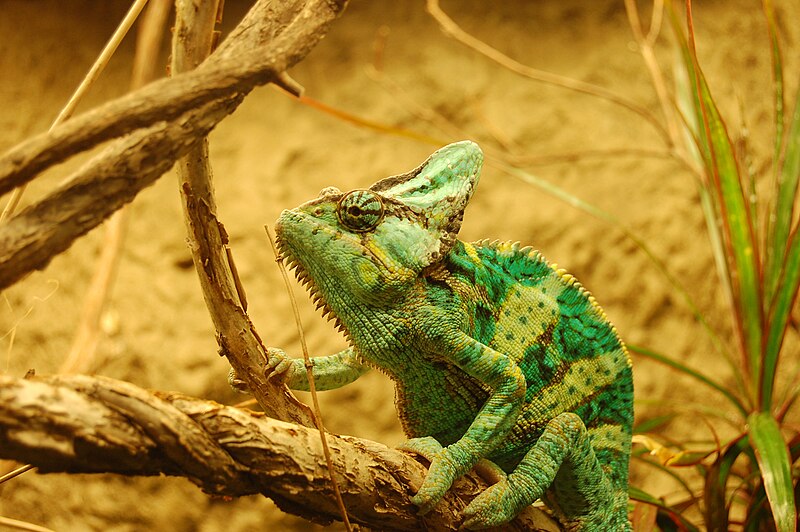 I’ve had the good fortune of caring for 15-20 monitor species during my zoo career. From the diminutive Storr’s to the massive Water, Lace, Crocodile and Komodo Monitors, all have instilled in me the feeling that they were, somehow, “more complicated” than other reptiles. Indeed, recent studies have confirmed that they are, among lizards, highly advanced. While some are too large for the average household, several moderately-sized and even dwarf varieties are being bred by hobbyists, and all make fascinating and responsive captives.
I’ve had the good fortune of caring for 15-20 monitor species during my zoo career. From the diminutive Storr’s to the massive Water, Lace, Crocodile and Komodo Monitors, all have instilled in me the feeling that they were, somehow, “more complicated” than other reptiles. Indeed, recent studies have confirmed that they are, among lizards, highly advanced. While some are too large for the average household, several moderately-sized and even dwarf varieties are being bred by hobbyists, and all make fascinating and responsive captives.
The following information can be applied to the care of Savannah, Black Tree, Nile, Merten’s and most other monitors. However, details vary; please post below for information on individual species, and be sure to add your own thoughts and observations on monitor lizard care.
Natural History
Seventy-three monitor species (Family Varanidae) range across Asia, Africa and Australia. Nile Monitors (Varanus niloticus), introduced to south Florida, are a major environmental concern there. Lace Monitors (V. varius) and other large speciesare usually the dominant predators in their habitats. While most dwell in warm regions, Desert Monitor (V. griseus) populations in Kazakhstan are adapted to Vermont-type winters. Read More »
 That Reptile Blog – Reptile, Amphibian and Exotic Pet Care and Information
That Reptile Blog – Reptile, Amphibian and Exotic Pet Care and Information




